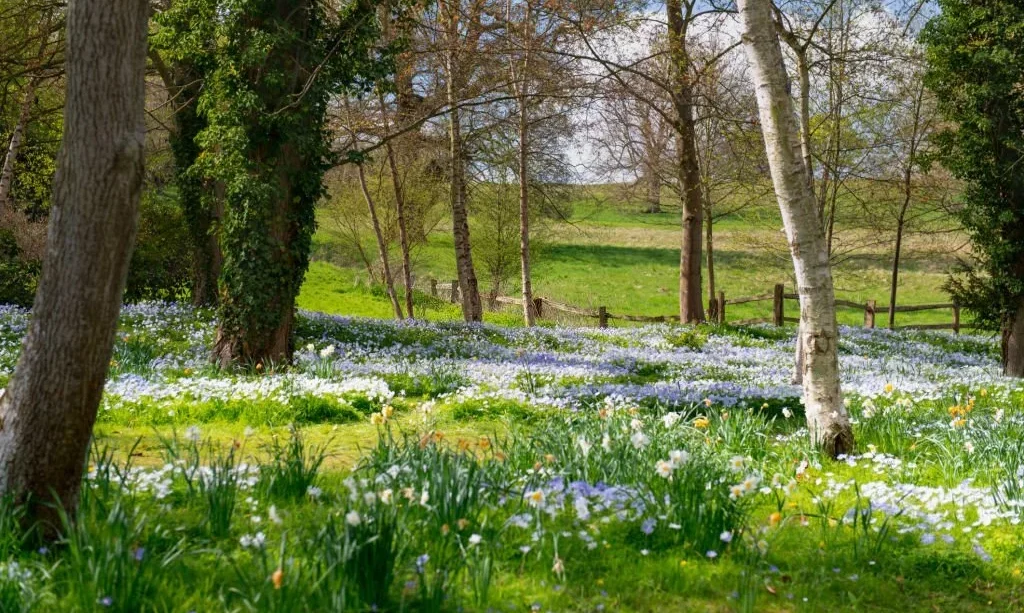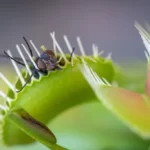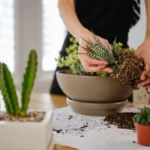Imagine stepping outside on a warm May morning. The sun is shining, the birds are singing, and your garden is bursting with vibrant colors. Flowers in every shade you can imagine are reaching for the sky, their petals unfolding to greet the new day. This is the magic of May, a time when gardens truly come alive. In this article, we’ll explore some of the fantastic flowers that bloom in May and how they can transform your garden into a springtime wonderland.
Why Plant May-Blooming Flowers?
You might be wondering, why should I focus on flowers that bloom in May? Well, there’s a host of reasons. Firstly, May-blooming flowers bring a burst of color just when we need it most. After a long, cold winter, these flowers herald the arrival of warmer days, lifting spirits and inspiring joy.
Secondly, they create a haven for wildlife. May is a crucial time for pollinators like bees and butterflies who are just becoming active again. By planting May-blooming flowers, you’re offering them a valuable source of nectar.
Lastly, these flowers are a feast for the senses. Their stunning colors can make your garden look like a masterpiece, and many May-bloomers offer delightful fragrances too.
In a nutshell, May-blooming flowers enhance your garden’s aesthetic, promote biodiversity, and create a space that’s pleasing to the senses. Ready to discover which flowers to plant for a stunning May show? Let’s dive in!
List of Flowers That Bloom in May
- Tulips: May is the prime time for these iconic spring flowers. Bursting with colors from bright yellows to romantic reds, tulips can transform your garden into a painter’s palette.
- Irises: These regal flowers, with their intricate blossoms, add a touch of elegance to any garden. They come in a range of colors, but the most common are purple, yellow, and white.
- Peonies: Beloved for their large, lush blooms and sweet fragrance, peonies are a real treat in May. They’re most commonly seen in shades of pink, red, and white.
- Azaleas: These are flowering shrubs that light up May gardens with their vibrant blossoms. Azaleas come in a spectrum of colors, from whites and pinks to reds and purples.
- Alliums: Known for their unique, spherical blooms, alliums are a fun addition to any May garden. They usually bloom in shades of purple.
- Catherina Fintijn is a Special and Difficult to Find Double Ivory with Pink
- Very Fragrant, Strong Stems and Great Cut Flower
- Bare Root – Instructions on Growing will be included.
- Marde Ross & Company specializes in flowering bulbs and peonies and has been a licensed California Nursery for 28 years
How to Care for May-Blooming Flowers
While each of these May bloomers has its unique care requirements, here are some general tips to help them thrive:
- Sunlight: Most May-blooming flowers love the sun, so ensure they’re planted in a spot that gets at least six hours of sunlight each day.
- Water: Regular watering is crucial, but be careful not to overwater. Most of these flowers prefer well-drained soil.
- Soil: A rich, fertile soil is ideal for most May bloomers. Some, like azaleas, require specific soil pH, so make sure to do your research.
- Mulching: A layer of mulch can help conserve moisture, suppress weeds, and regulate soil temperature. It’s especially helpful for flowers like peonies that don’t like competition from weeds.
- Pruning: Once the flowers have finished blooming, prune them back to encourage healthy growth for the next season.
Caring for your May-blooming flowers doesn’t have to be a chore. With a little attention and love, these beauties will reward you with a spectacular display each spring.
Design Ideas for May Flower Gardens
Designing a garden with May-blooming flowers can be an exciting project. Here are a few ideas to get you started:
- Color Palette: Create a color theme for a harmonious look. You could go for a monochrome garden with different shades of a single color, or select complementary colors for a vibrant contrast.
- Height Variations: Plant flowers of different heights to add depth and interest to your garden. For instance, you could plant tall alliums at the back, mid-sized irises in the middle, and lower-growing tulips at the front.
- Fragrance Garden: Consider creating a fragrance garden by including aromatic May bloomers like peonies. It would be a delight for the senses!
- Pollinator Garden: Attract bees, butterflies, and other pollinators by choosing a mix of their favorite May-blooming flowers.
- Container Gardening: If space is a constraint, try planting your May bloomers in containers. It’s a great way to bring color and life to patios, balconies, or small spaces.
- Your order contains (2) FlorAmore Azalea ‘Pink’ in 2.5 quart pots and a detailed planting guide.
- Vibrant blooms electrify the landscape from spring and fall.
- Heat tolerant, evergreen, and excellent for shrub borders.
- Best suited for USDA hardiness zones 7-9, but will perform well in colder zones with proper winter protection.
- Mature size is 3’ to 4’ tall and wide and prefers partial shade.
Conclusion
In the world of gardening, May is like a grand celebration, a festival of colors and fragrances. May-blooming flowers offer the perfect way to participate in this celebration, brightening up our gardens and bringing joy to our hearts. From the elegant irises to the lush peonies, these flowers are the stars of spring. So why not roll out the red carpet for them? With the right care and a touch of creativity, you can transform your garden into a dazzling May wonderland.







